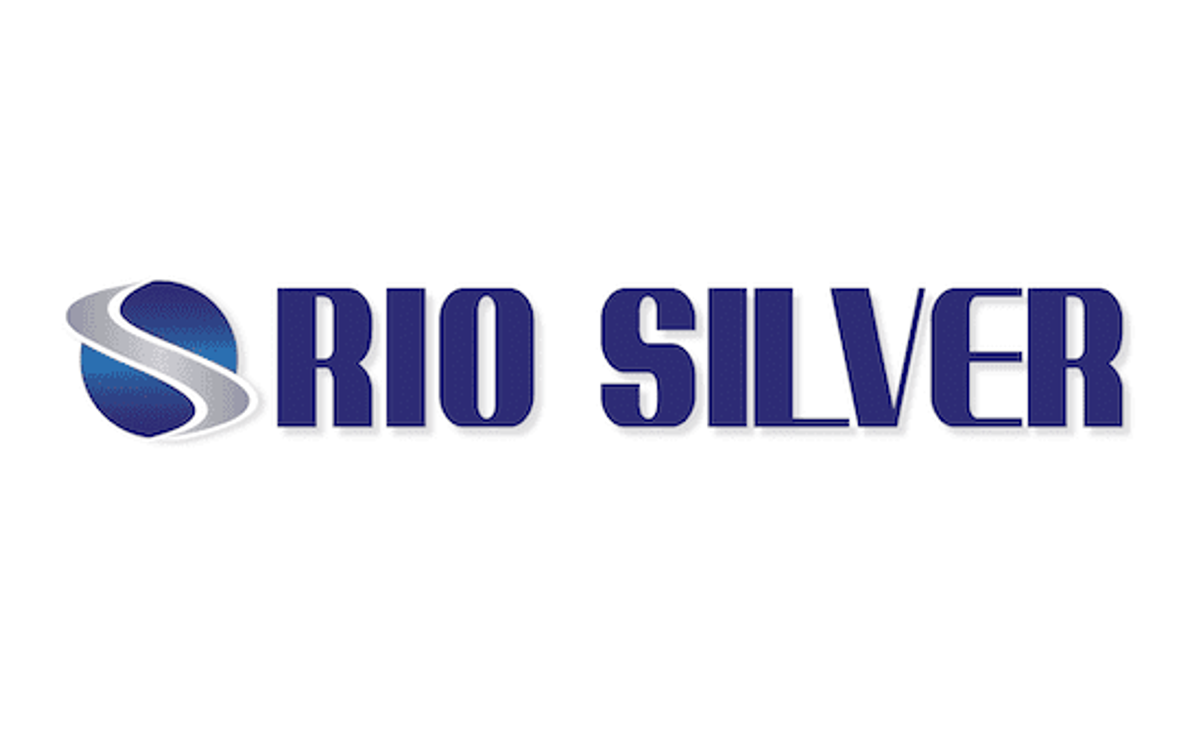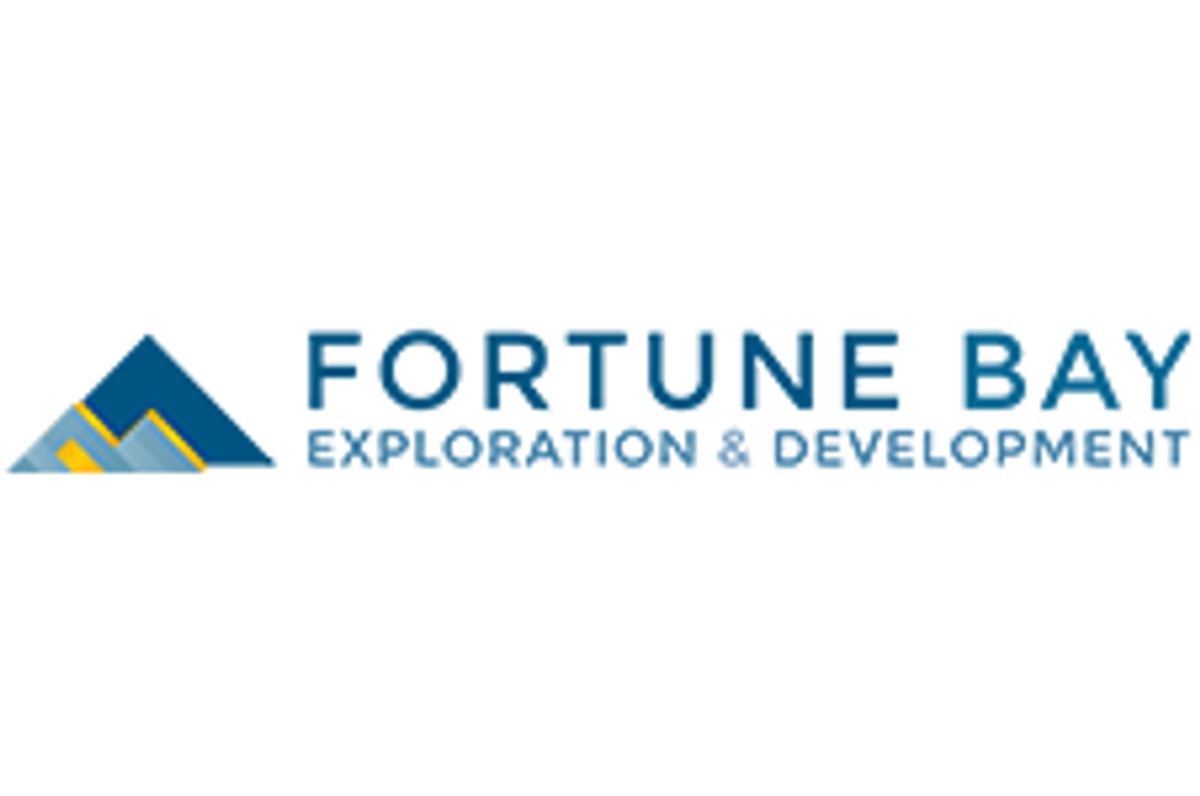
Rio Silver Inc. ("Rio Silver" or the "Company") (TSX.V: RYO) (OTC: RYOOF) announces that it has signed a definitive agreement for the acquisition of the Minas Maria Norte (" Maria Norte " or the " Property ") high grade polymetallic silver, exploitation exploitation property, from Peruvian Metals Corp. ("Peruvian") (TSX-V PER) being subject to regulatory approval.
The Property is located in Southern Peru in the historic Huachocolpa Mining District, Municipality of Huancavelica. The Property has been held by Peruvian for the past 18 years adjacent to significant silver production with announced world class expansion plans. Previous exploration campaigns by Peruvian shows that the property hosts many polymetallic veins with significant gold credits. Located in the heart of the prolific Huachocolpa Silver District, environmentally friendly hydro power, good infrastructure, labor and logistical support is available.
Two significant mineral processing flotation plants operate nearby: Compañia Minera Kolpa plant at 1440 tonnes per day and SilverX Mining's ("SilverX") plant called Recuperada at 720 tonnes per day These plants are located 8 km and 13 Km respectively from Maria Norte. In addition, SilverX's Tangana Mining Unit which is part of their Nueva Recuperada project is currently in production and is located 2.5 km to the southwest of Maria Norte. It appears that the sub-parallel mineralized structures on Maria Norte are similar to the mineralized structures on the Tangana Mining Unit. SilverX completed a Preliminary Economic Assessment of the area and is published on Sedarplus in April 2023.
The Maria Norte property is 368 hectares in size covering numerous, Au-Ag-Zn-Pb veins that display evidence of historic artisanal exploitation. Five gold-bearing polymetallic structures were mapped by the Company's geologists and remain open along strike. The lengths of the structures as currently mapped are 40 to 400 meters with variable widths from 0.15 to 4 meters and occur in a vein corridor nearly 600 meters wide
The main structure at Maria Norte, the Castorindo Zone, has provided the highest-grade gold values from within the land package, having five samples ranging in width from 0.18 to 0.70 meters and assaying 13.5 to 40.3 grams per tonne gold along with 162.9 to 1,128 grams per tonne silver. High-grade silver (1,848 grams per tonne) was also encountered at the Jess structure on a sample 0.3 meter in width. Other veins not yet mapped include five samples with widths of 0.2 to 0.7 meters with gold values ranging from 0.89 to 1.55 grams per tonne, silver values ranging from 82.8 to 682 grams per tonne, and up to 4.3 per cent zinc and 9.7 per cent lead.
Also included in the acquisition is a small, isolated concession covering 33 hectares south of Maria Norte main concession block. Sampling and mapping by Peruvian's geologists identified a mineralized structured believed to be a small portion of the principal vein structure known as Tangana West, a component of the SilverX Mining Corp.'s Nueva Recuperada Project, Huancavelica.
Acquisition Terms
Rio Silver will acquire from Peruvian its wholly own Peruvian subsidiary which holds the concessions. Consideration includes a cash downpayment of $15,000 CDN and the issuance of 15 million Rio Silver common shares and 5 million warrants. The warrants will have a strike price of CAD $0.05 per share and an exercise period of 2 years. Cash payments totaling US$250,000 will be also payable over a 5 year period. A net smelter royalty will be granted Peruvian in an amount equal to 1.5%, after subtracting the Minimum Royalty Payments semi-annually.
Rio Silver CEO Chris Verrico stated, "We are very excited for the potential of Maria Norte to drive shareholder value enabling the Company to re-direct its focus to the pursuit of near term cash flow potential and the prospect of significant organic growth, strategically made possible in the very important Huachocolpa Mining District.
Maria Norte is directly adjacent to and on trend with active mine production with demonstrated world class silver potential that speaks volumes for the Company's expectations for advancement towards sustainability.
We believe that this acquisition and it's potential development will be aided by the Company's other royalty streams and is well supported by Peru's unique small mines permitting regime which can accelerate the initial development. We remain ever impressed and optimistic by the resilience and ingenuity of our host country as Peru continues to endorse supportive mining policies and continued growth, as is currently evident by the tremendous investment being witnessed, throughout Peru."
We remain ever impressed and optimistic by the resilience and ingenuity of our host country as Peru continues to endorse supportive mining policies ensuring continued growth and opportunity throughout Peru.
About Rio Silver
Rio Silver is a resource company that has been selectively identifying and acquiring precious metal assets that are anticipated to produce near term cashflow to best assist the Company's exploration / development plans, in a non-dilutive, shareholder friendly way.
Jeffrey Reeder, P.Geo., a qualified person as defined in National Instrument 43-101, has supervised the preparation, and approved the scientific and technical disclosure contained in this news release.
ON BEHALF OF THE BOARD OF DIRECTORS OF Rio Silver INC.
For further information,
Christopher Verrico, President, CEO
Tel: (604) 762-4448
Email: chris.verrico@riosilverinc.com
Website: www.riosilverinc.com
This news release includes forward-looking statements that are subject to risks and uncertainties. All statements within, other than statements of historical fact, are to be considered forward looking. Although the Company believes the expectations expressed in such forward-looking statements are based on reasonable assumptions, such statements are not guarantees of future performance and actual results or developments may differ materially from those in forward-looking statements. Factors that could cause actual results to differ materially from those in forward-looking statements include market prices, exploitation and exploration successes, the completion of the Acquisition, continued availability of capital and financing, and general economic, market or business conditions. There can be no assurances that such statements will prove accurate and, therefore, readers are advised to rely on their own evaluation of such uncertainties. We do not assume any obligation to update any forward-looking statements except as required by applicable laws.
Neither TSX Venture Exchange nor its Regulation Services Provider (as that term is defined in policies of the TSX Venture Exchange) accepts responsibility for the adequacy or accuracy of this release.







